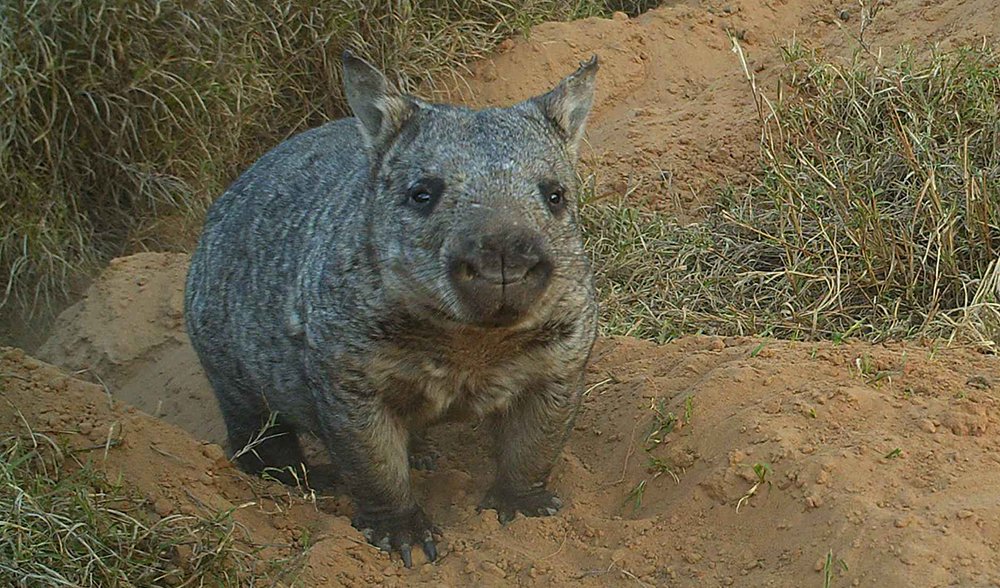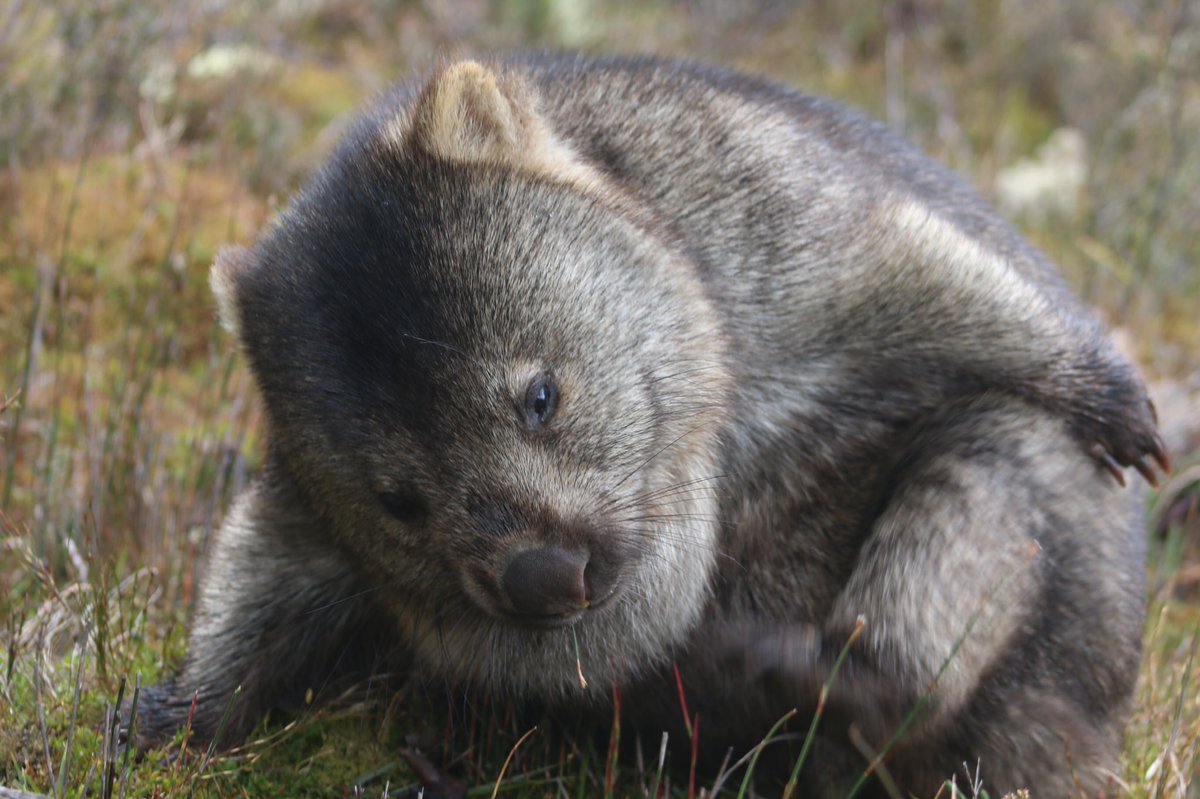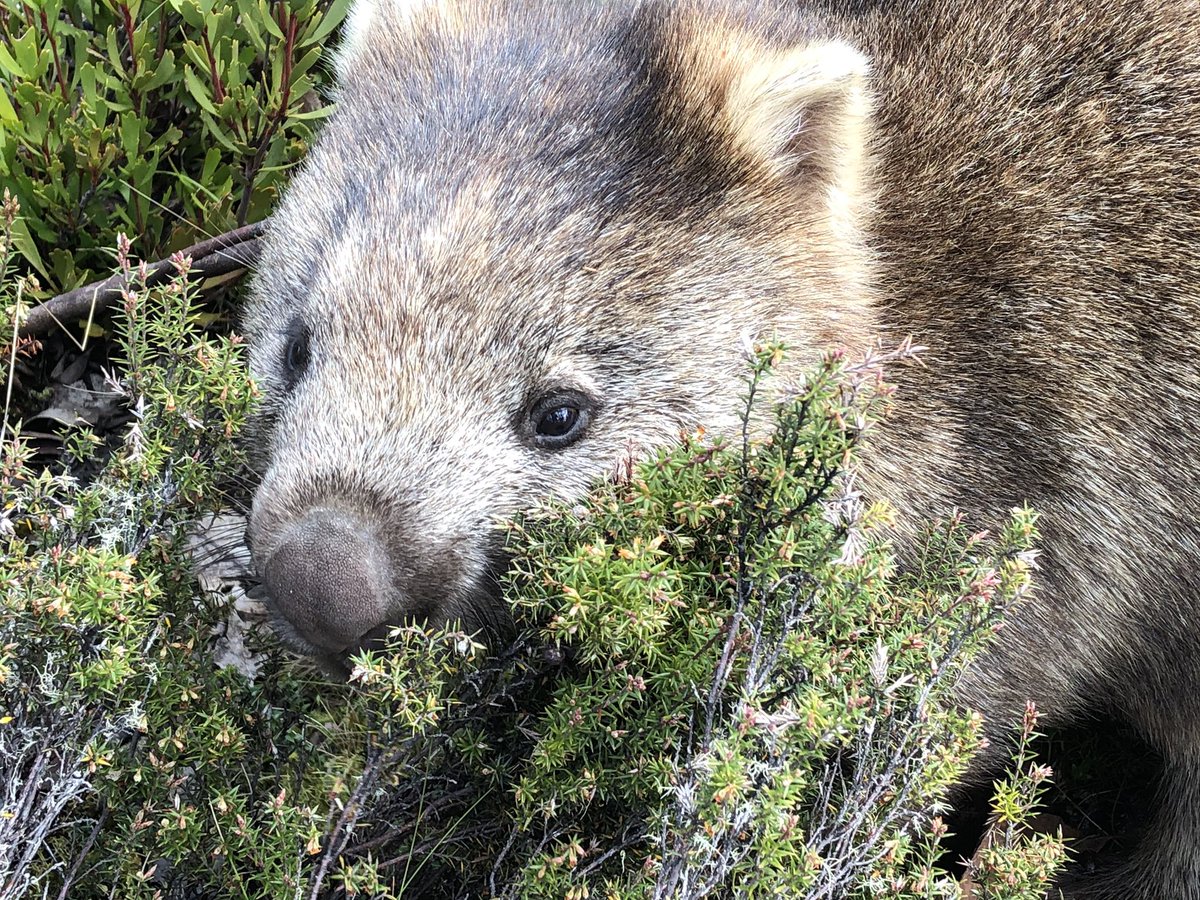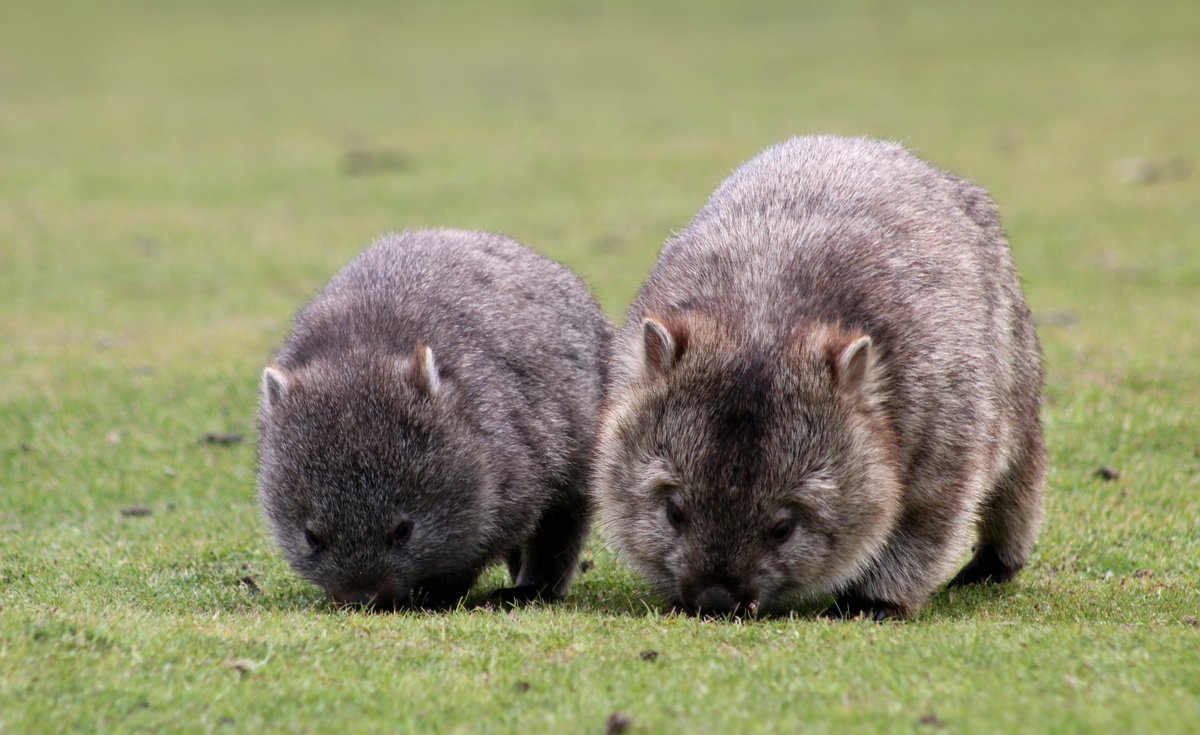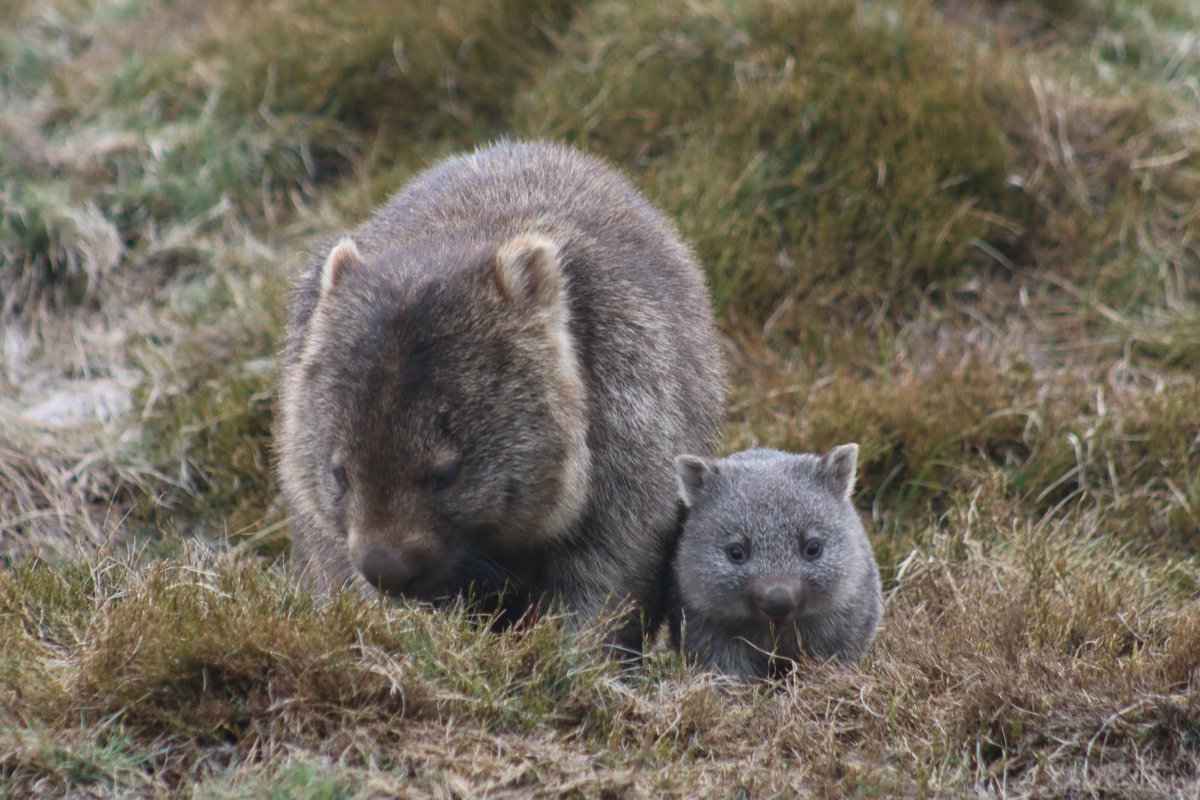If you thought #WombatWednesday was exciting, today is a step up - it’s National Wombat Day!!
Look forward to some wombat content throughout this most wombat-y of days
Look forward to some wombat content throughout this most wombat-y of days
Let’s start off National Wombat Day with a wombat casually relieving an itch on a picnic table
Did you know that there are 3 species of wombat?
The one most people are familiar with is the bare-nosed wombat (Vombatus ursinus), which is found through SE Australia (including Tasmania)
Their diagnostic feature (unsurprisingly) is the lack of hair on their nose!
The one most people are familiar with is the bare-nosed wombat (Vombatus ursinus), which is found through SE Australia (including Tasmania)
Their diagnostic feature (unsurprisingly) is the lack of hair on their nose!
The further 2 wombat species both have hairy noses, and are named as such - the northern (L) and southern (R) hairy-nosed wombats
The southerners inhabit semi-arid shrubland/mallee in S Aus, while the northerners are critically endangered and confined to tiny populations
The southerners inhabit semi-arid shrubland/mallee in S Aus, while the northerners are critically endangered and confined to tiny populations
Wombats are ruthless grass predators, and will also take down shrubs, sedges, tubers & bark #NationalWombatDay
Incidentally, if we were to have a #FatWombatWeek (equivalent of #FatBearWeek in the USA), this chonk would be my primary contender - look at that chin!
Wombat camouflage is unparalleled in the animal kingdom - is it a furry bush, a hungry rock?
There’s just no way of knowing
#NationalWombatDay
There’s just no way of knowing
#NationalWombatDay
Let& #39;s finish off #NationalWombatDay with one of my favourite wombat genres - little wombats with big wombats
Happy wombat-ing everyone!
Happy wombat-ing everyone!

 Read on Twitter
Read on Twitter

